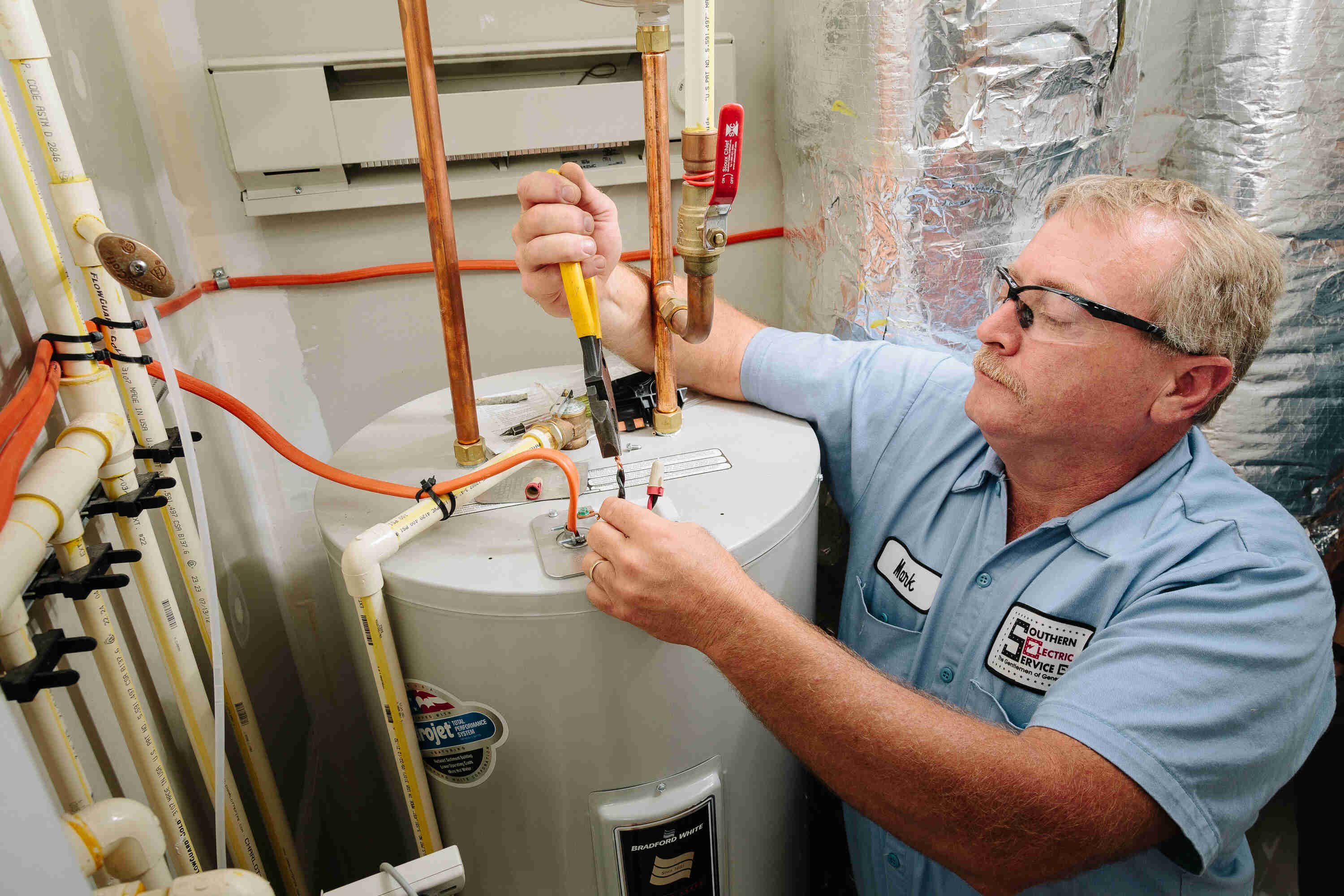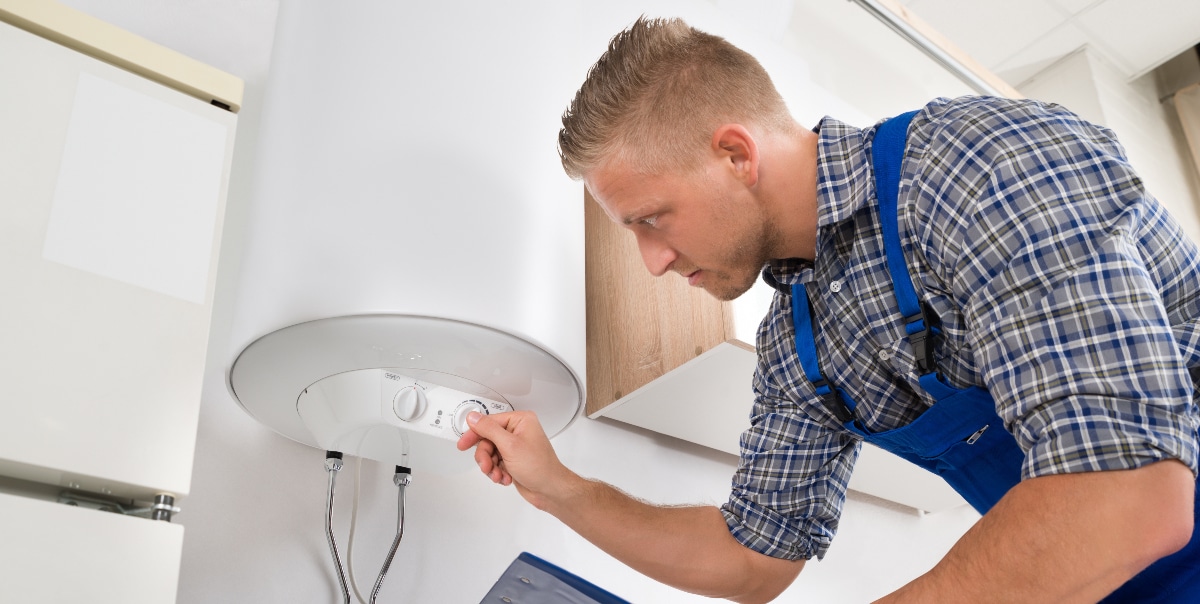Do you find yourself in search of advise involving How to Maintain Your Water Heater & Prolong its Life?

Warm water is vital for everyday comfort, whether it's for a refreshing shower or cleaning meals. To ensure your hot water system runs efficiently and lasts much longer, routine upkeep is vital. This short article offers practical ideas and insights on how to keep your home's hot water system to avoid disturbances and pricey repair services.
Introduction
Maintaining your home's warm water system may appear difficult, but with a couple of easy steps, you can guarantee it runs smoothly for several years to find. This guide covers everything from recognizing your hot water system to DIY upkeep suggestions and knowing when to call expert help.
Relevance of Preserving Your Hot Water System
Normal maintenance not only prolongs the lifespan of your warm water system however also guarantees it operates successfully. Ignoring maintenance can cause decreased effectiveness, higher power expenses, and even premature failing of the system.
Indications Your Hot Water System Demands Upkeep
Recognizing when your hot water system requires interest can prevent significant issues. Watch out for signs such as irregular water temperature, odd noises from the heating unit, or rusty water.
Comprehending Your Hot Water System
Before diving right into maintenance jobs, it's useful to comprehend the standard elements of your warm water system. Generally, this consists of the water heater itself, pipelines, anode poles, and temperature controls.
Month-to-month Upkeep Tasks
Regular regular monthly checks can help catch small issues before they escalate.
Purging the Water Heater
Flushing your hot water heater removes sediment build-up, improving effectiveness and lengthening its life.
Checking and Replacing Anode Rods
Anode poles prevent rust inside the container. Inspecting and replacing them when worn is critical.
Examining and Changing Temperature Level Settings
Adjusting the temperature level setups ensures ideal efficiency and safety and security.
DIY Tips for Maintenance
You can do numerous upkeep tasks yourself to keep your warm water system in leading condition.
Checking for Leaks
On a regular basis evaluate pipelines and links for leaks, as these can cause water damage and higher expenses.
Testing Pressure Alleviation Valves
Examining the pressure safety valve guarantees it functions properly and protects against excessive pressure accumulation.
Protecting Pipelines
Shielding hot water pipes reduces heat loss and can save energy.
When to Call an Expert
While do it yourself maintenance is advantageous, some problems require professional knowledge.
Complex Issues Needing Expert Assistance
Examples include major leaks, electrical issues, or if your water heater is regularly underperforming.
Routine Expert Maintenance Advantages
Expert maintenance can include comprehensive inspections, tune-ups, and ensuring conformity with safety and security criteria.
Verdict
Normal upkeep of your home's warm water system is important for effectiveness, durability, and expense financial savings. By complying with these pointers and recognizing when to look for specialist aid, you can ensure a reliable supply of hot water without unexpected disruptions.
How to Maintain an Instant Hot Water Heater
Before tinkering with your hot water heater, make sure that it’s not powered on. You also have to turn off the main circuit breaker and shut off the main gas line to prevent accidents. Also turn off the water valves connected to your unit to prevent water from flowing into and out of the appliance. 2. When you’re done, you have to detach the purge valves’ caps. These look like the letter “T†and are situated on either side of the water valves. Doing so will release any pressure that has accumulated inside the valves while at the same time avoid hot water from shooting out and burning your skin. 3. When the purge valves’ caps are removed, you have to connect your hosing lines to the valves. Your unit should have come with three hoses but if it didn’t, you can purchase these things from any hardware or home repair shops. You can also get them from retail stores that sell water heating systems. Read the user’s manual and follow it to complete this task properly. When the hosing lines are connected, open the purge port’s valves. 4. You should never use harsh chemical cleaners or solutions when cleaning your unit. Make use of white vinegar instead. It should be undiluted and you’ll probably use about 2 gallons. 5. Now flush your water heater. This task should probably take about 40 minutes. We can’t give you specific directions for this because the procedure is carried out depending on the type, model and brand of your heater. With that being said, refer to the user’s manual. 6. When you’re done draining the unit, you have to turn off the purge port valves again. Remove the hosing lines that you earlier installed on each of the water valves. Put the valve caps (purge port) back in their respective places and be very careful so as not to damage the rubber discs that are found inside these caps. 7. Now that everything’s back in place, check your user’s manual again to find out how to reactivate your water heating system. 8. Once it is working, turn one of your hot water faucets on just to let air pass through the heater’s water supply pipes. Leave the tap on until water flows smoothly out of it. https://www.orrplumbing.com/blog/2014/september/how-to-maintain-an-instant-hot-water-heater/

Hopefully you enjoyed our section on How to Maintain a Hot Water Heater in a Few Simple Steps. Thank you so much for taking a few minutes to read through our blog. Sharing is caring. Helping others is fun. Thanks a lot for your time invested reading it.
Call Today